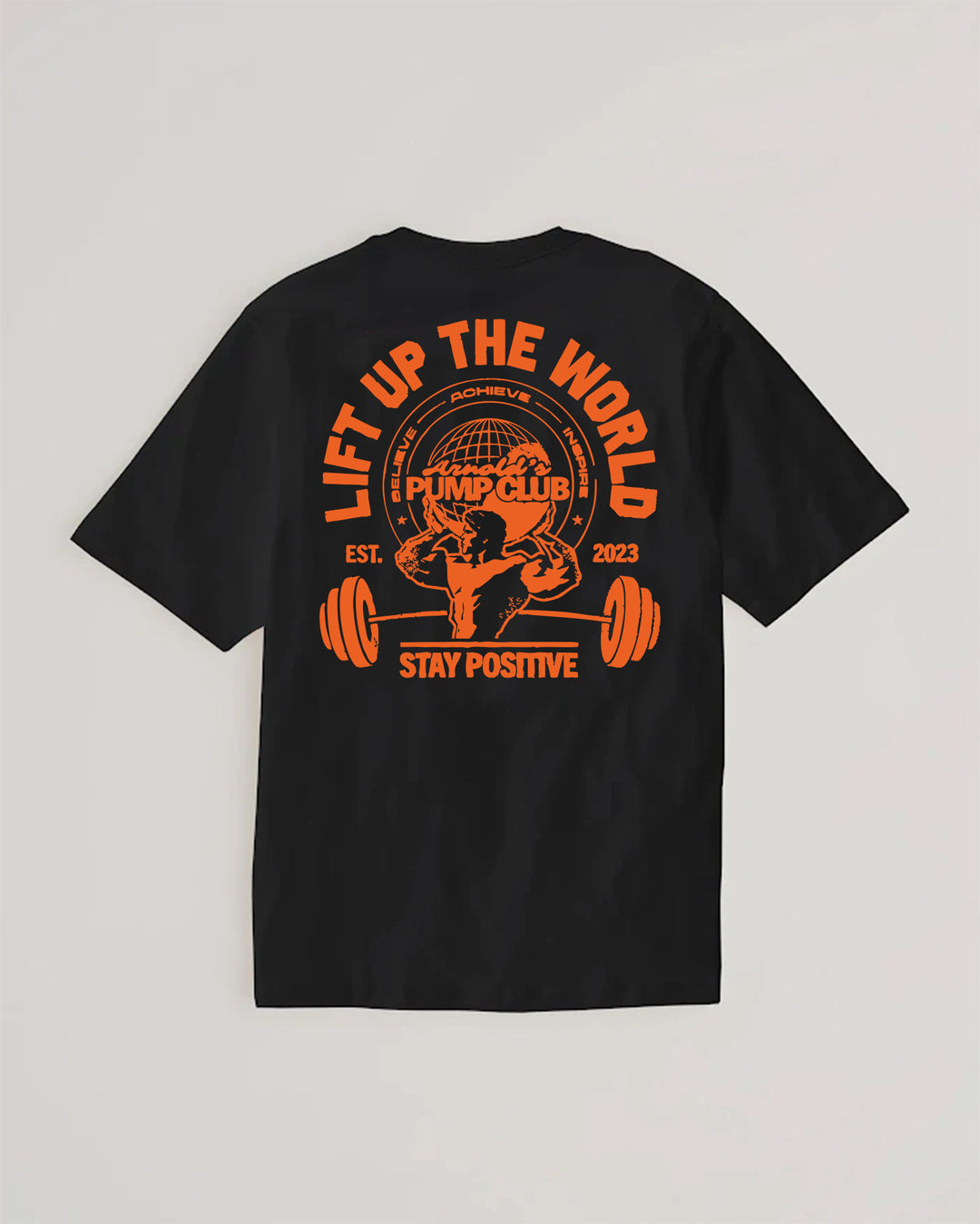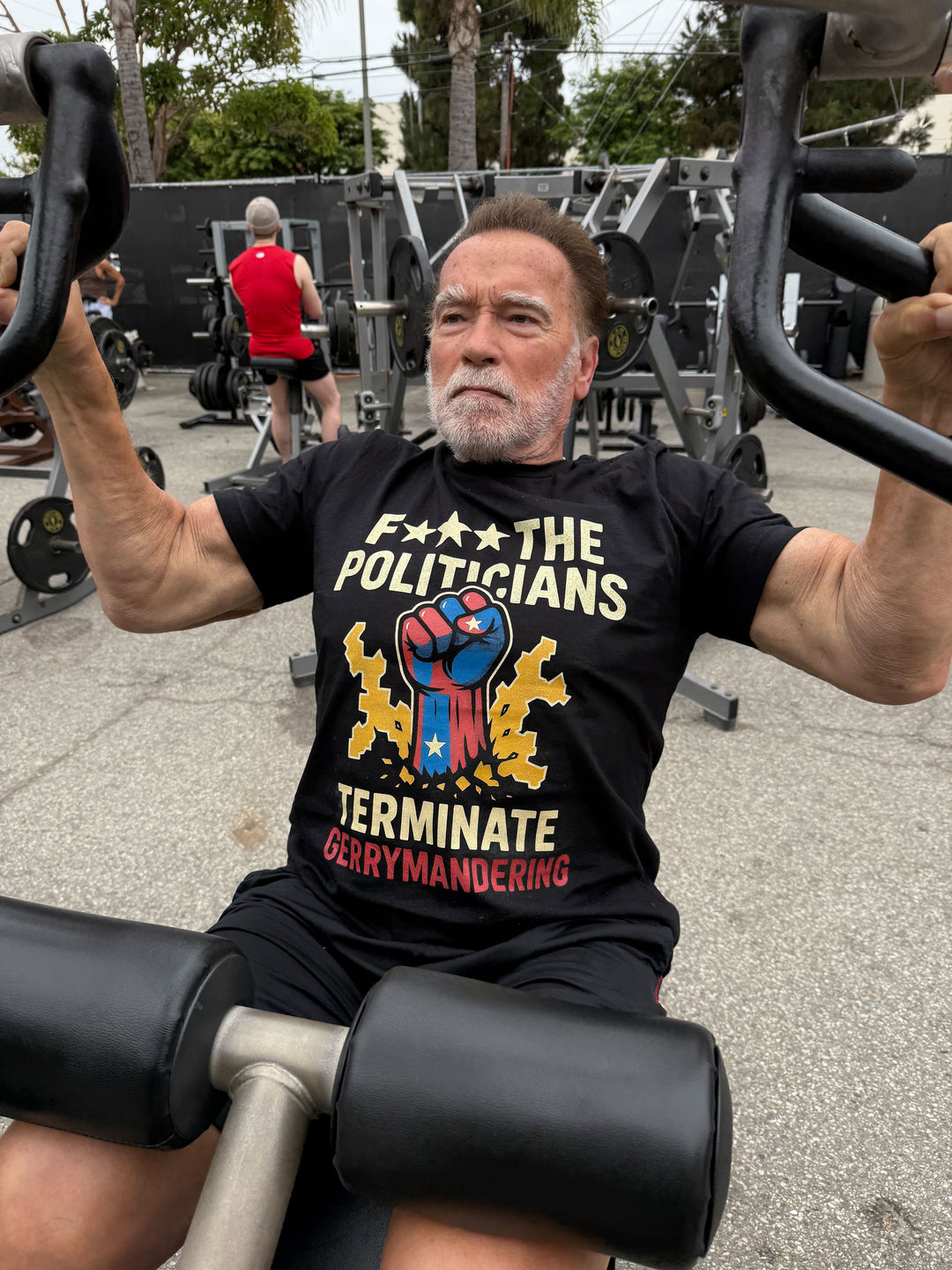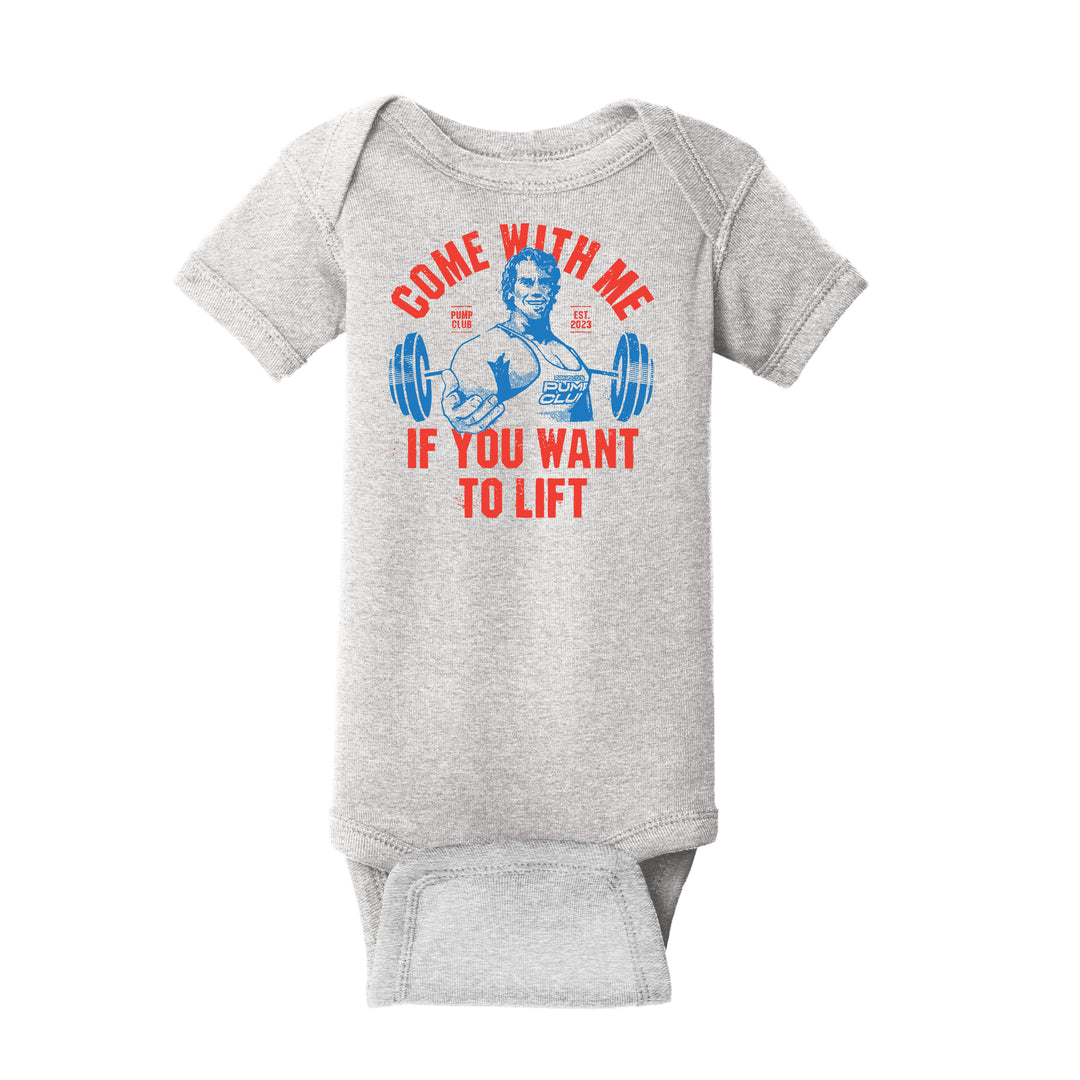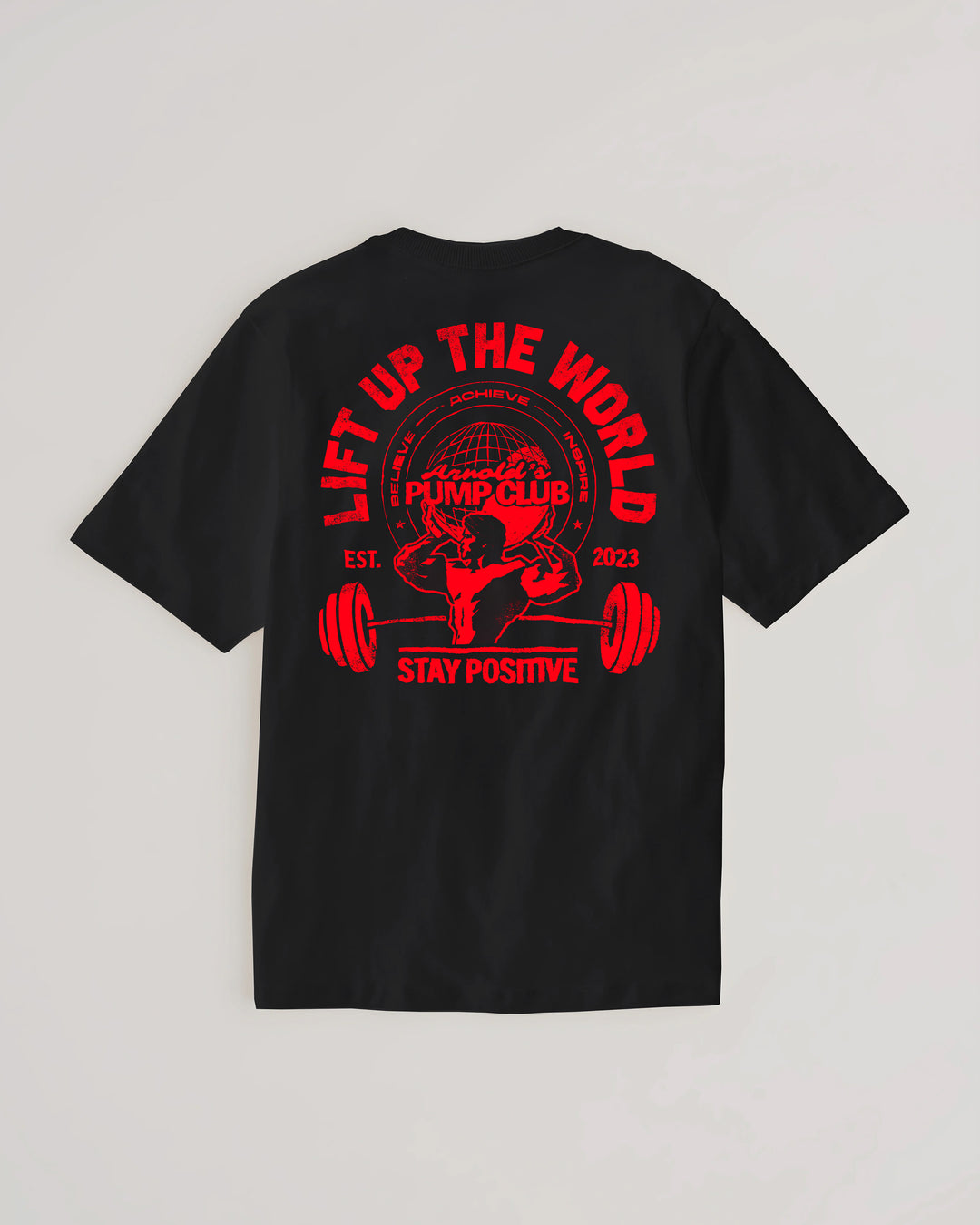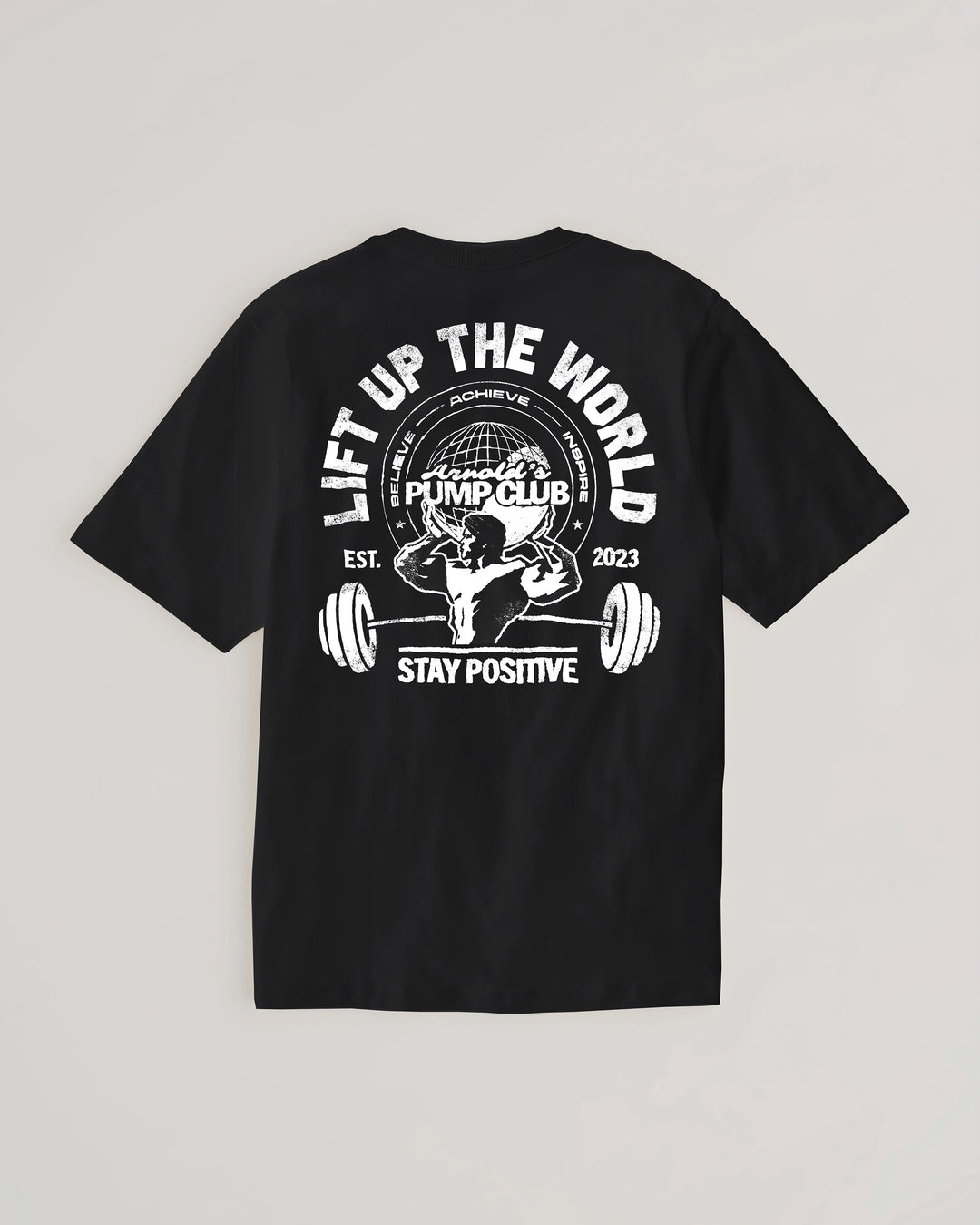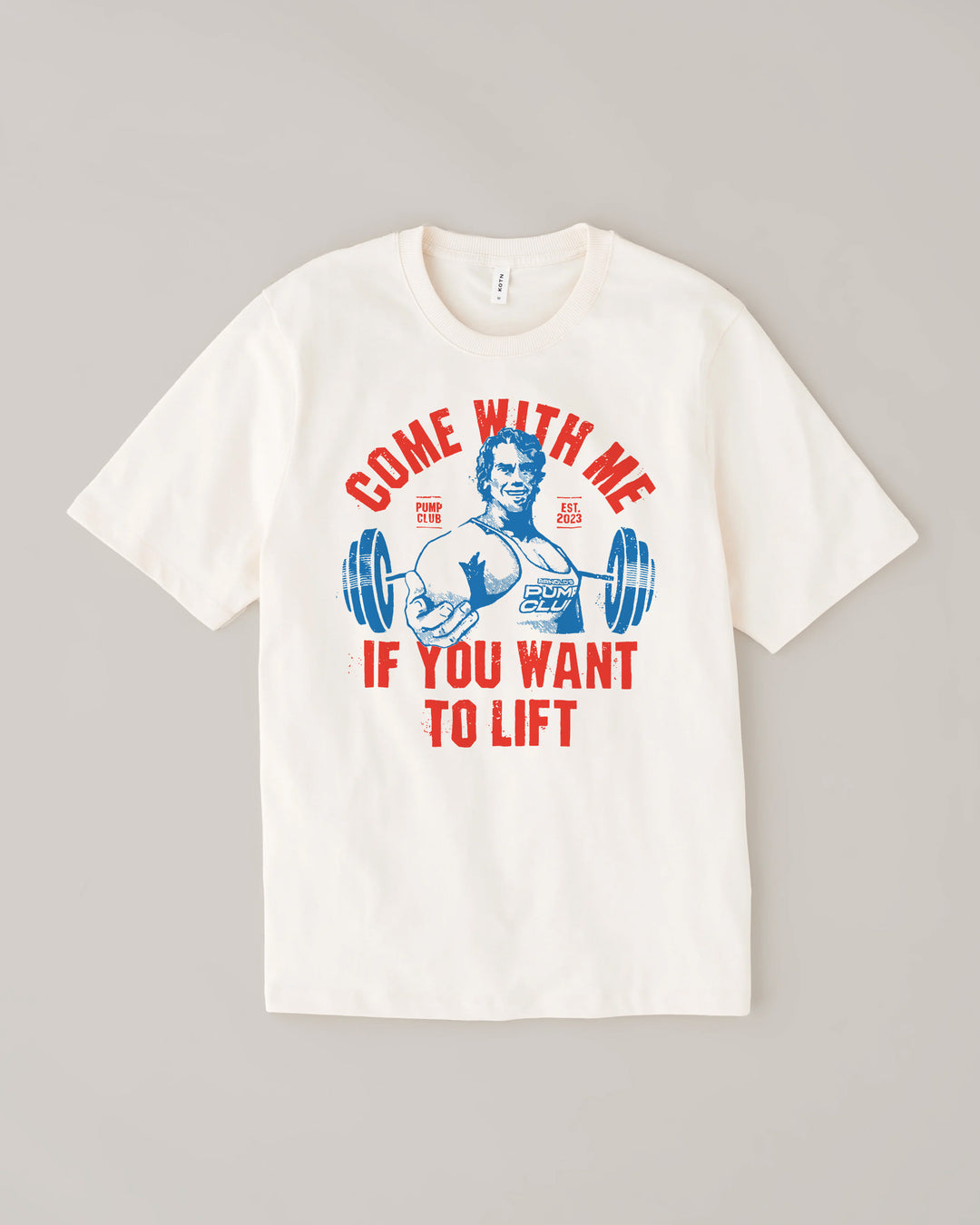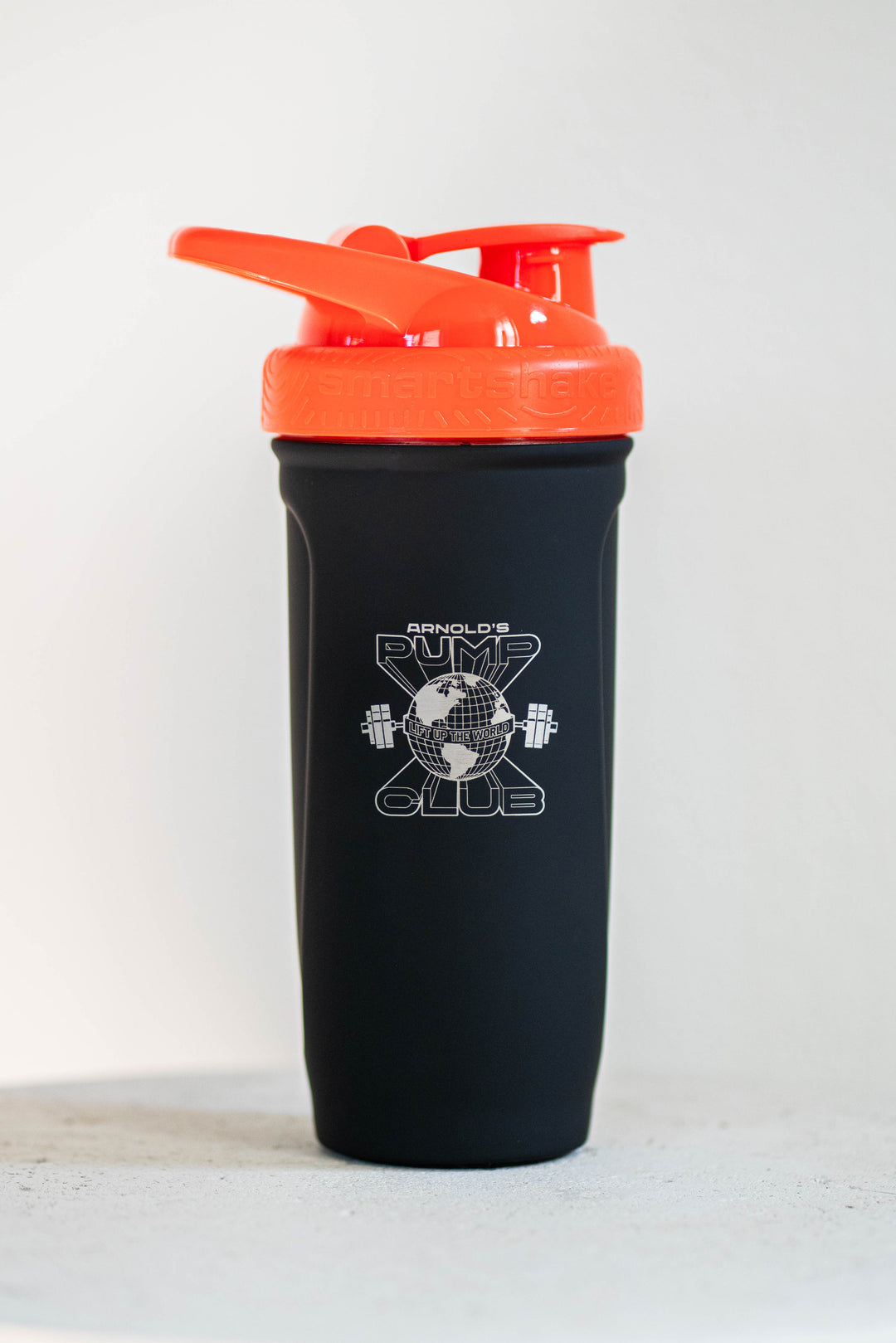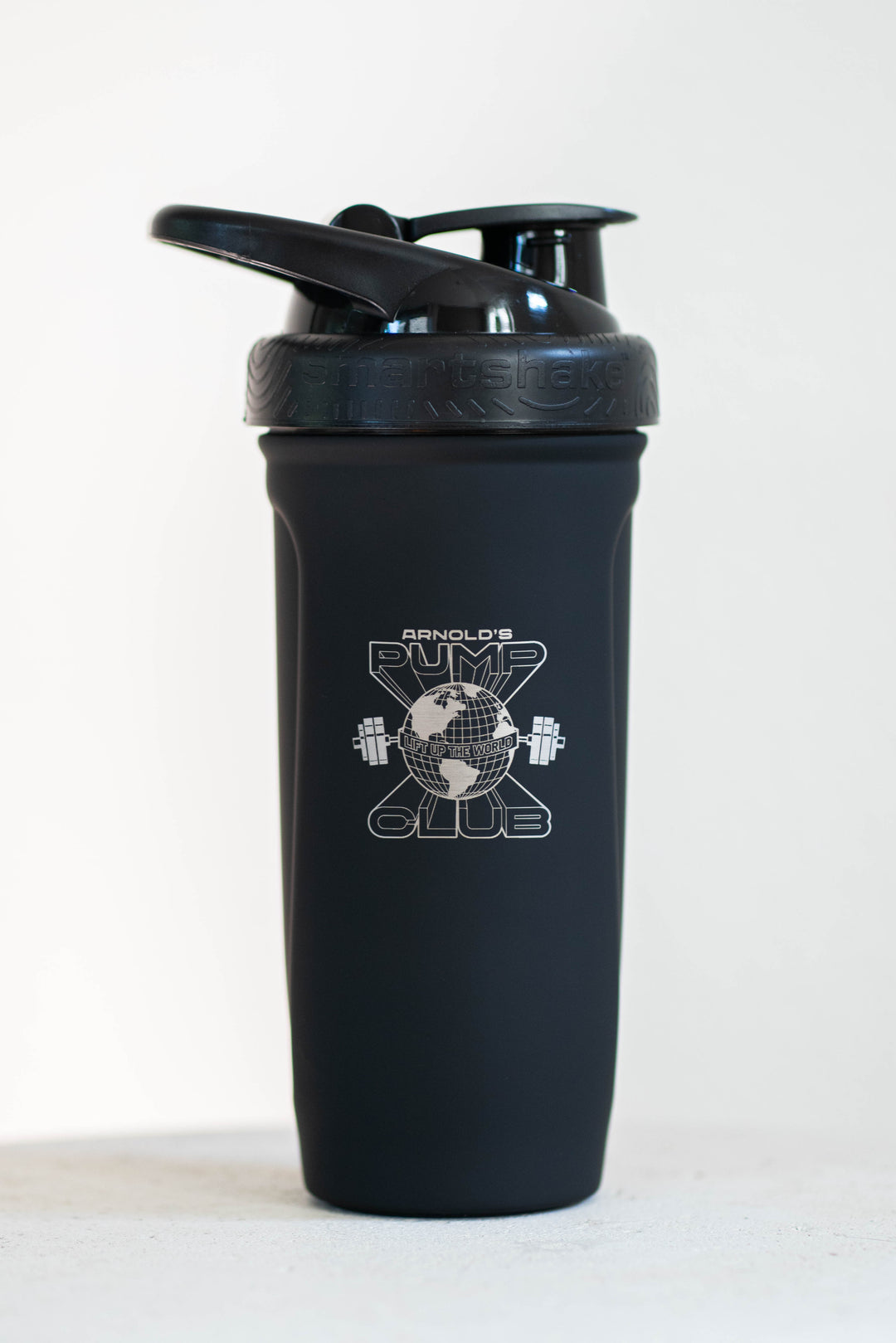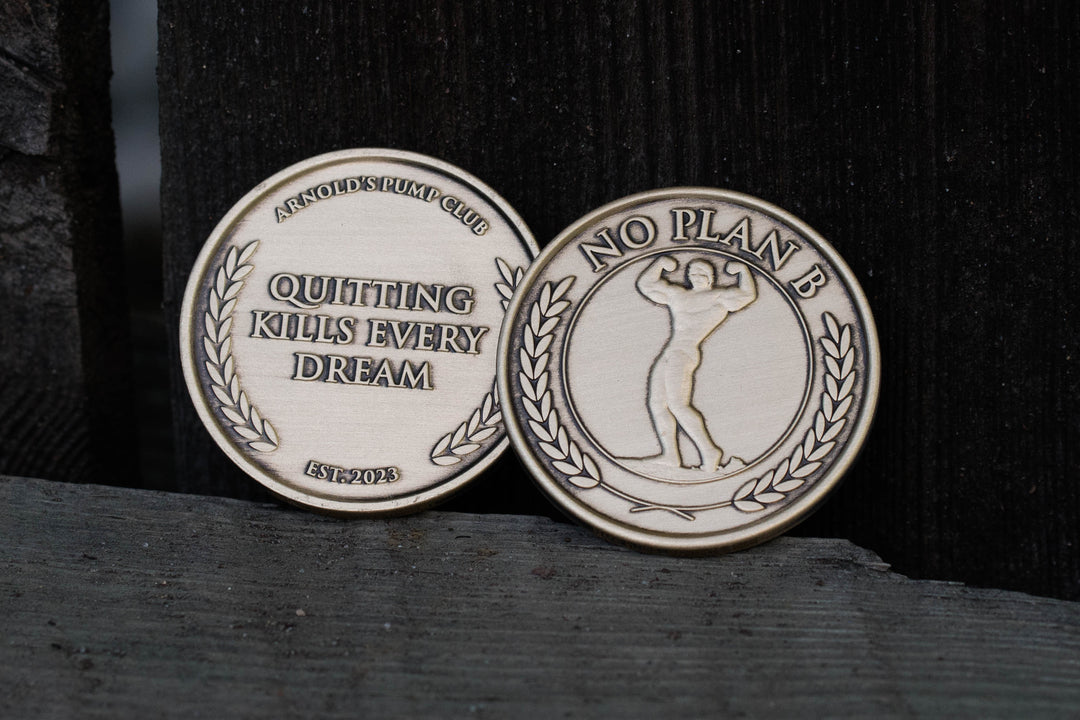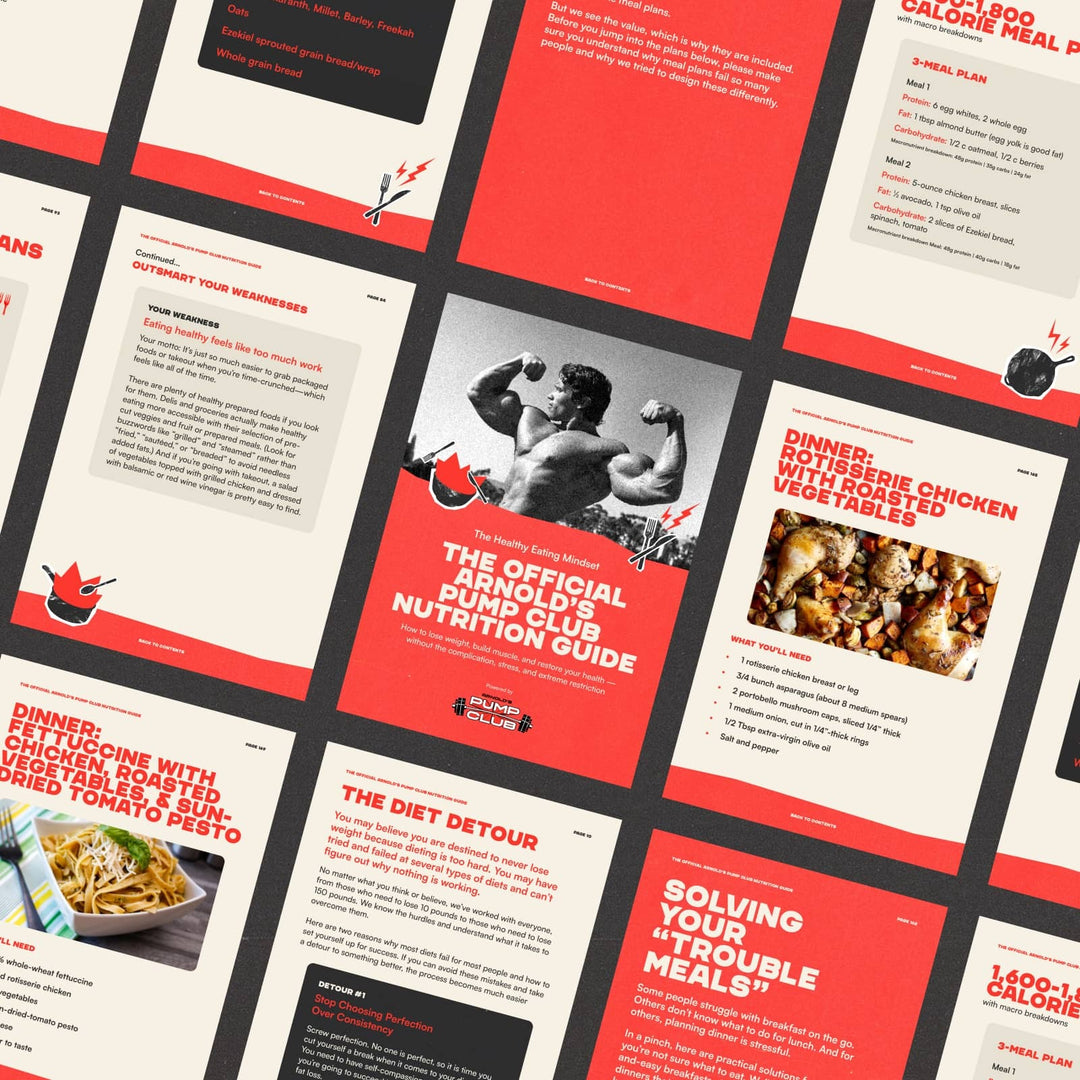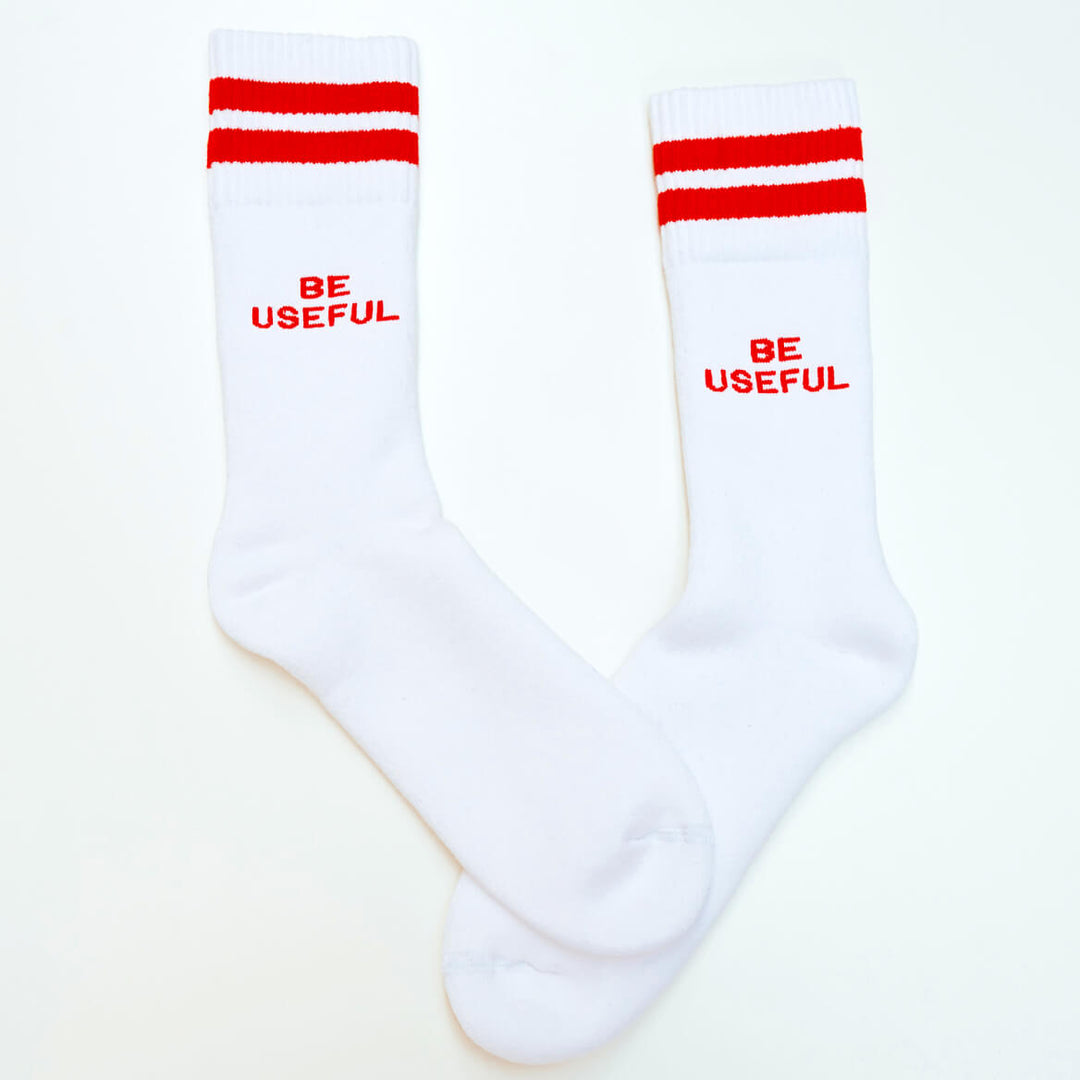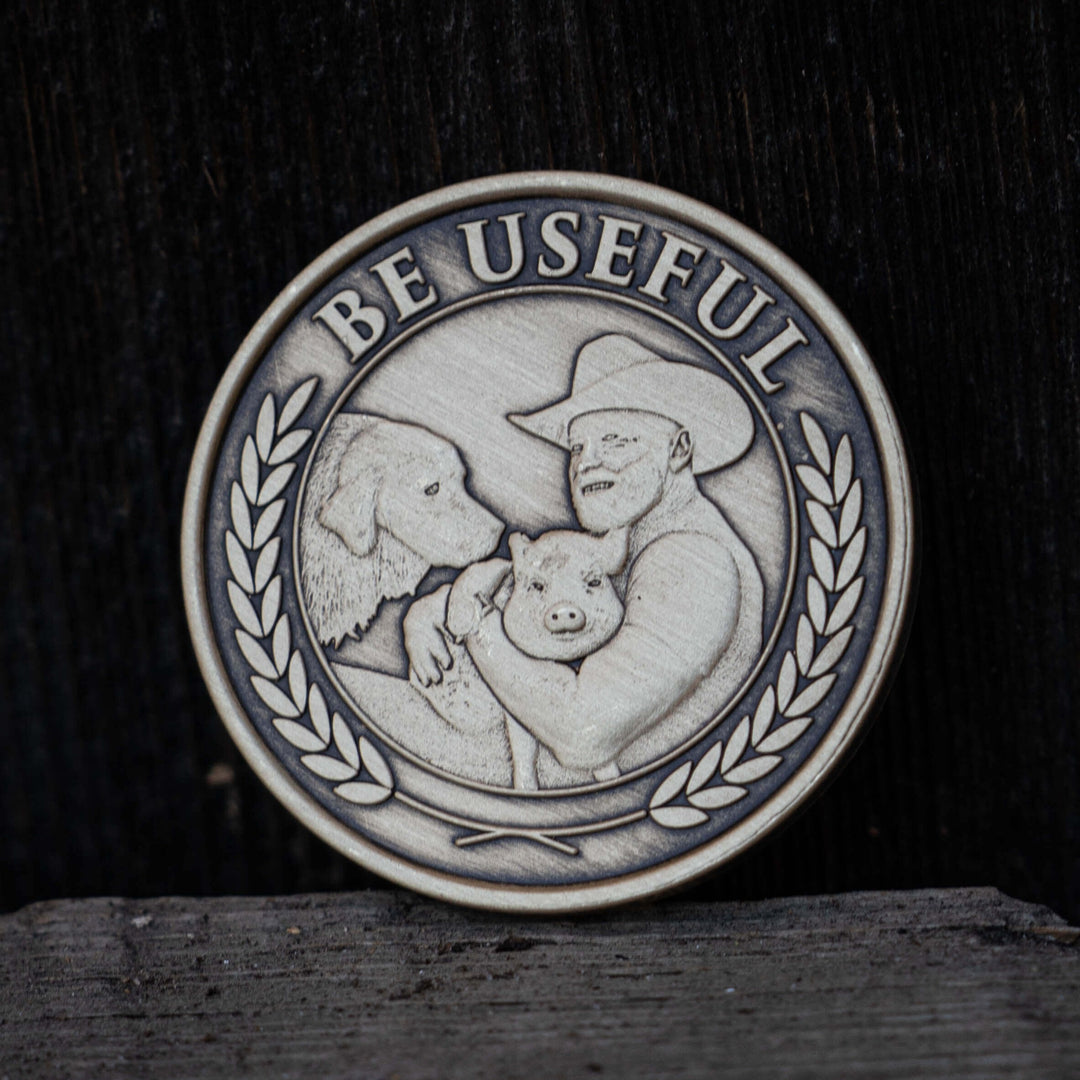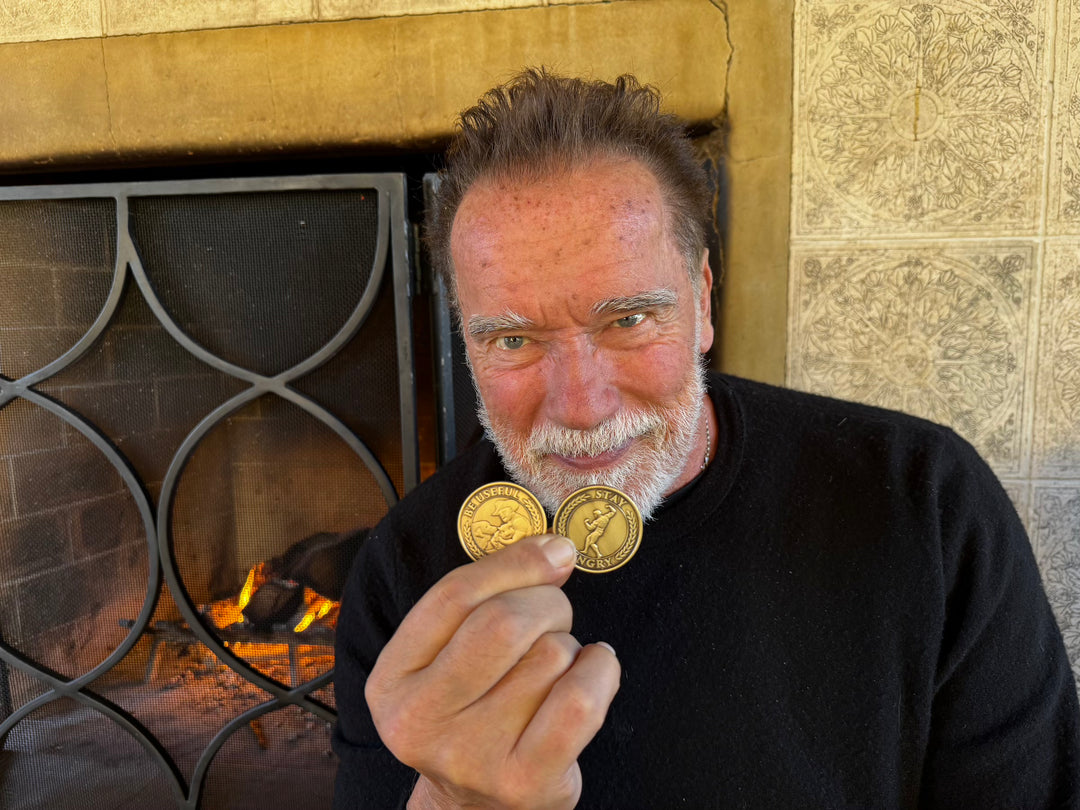Welcome to the positive corner of the internet. Every weekday, we help you make sense of the complex world of wellness by analyzing the headlines, simplifying the latest research, and providing quick tips designed to help you stay healthier in under 5 minutes. If you were forwarded this message, you can get the free daily email here.
Today’s Health Upgrade
Monday motivation
A note from your future self
The strength shortcut
Workout of the week
Arnold’s Podcast
Want more stories from Arnold? Every day, Arnold’s Pump Club Podcast opens with a story, perspective, and wisdom from Arnold that you won’t find in the newsletter. And, you’ll hear a recap of the day’s items. You can subscribe on Apple, Spotify, Google, or wherever you listen to podcasts.
Arnold’s Corner
Monday Motivation
If you missed my appearance on Jimmy Kimmel Live this week while my buddy Fortune Feimster was hosting, make sure you watch it:
A topic came up that is perfect for this newsletter.
Fortune talked about the first time we trained together. She was surprised that I gave her lighter weights and didn’t try to crush her muscles.
There is a reason for that.
I never, ever try to destroy someone their first time in the gym with me.
I know a lot of trainers and classes push people way beyond their limits their first time, and I completely disagree with that strategy. I don’t know if it comes from insecurity and wanting to show how much stronger they are than their client or if it comes from an idea that if the person can barely walk the next day, they’ll think they really got a great workout.
Whatever it is, I think it is a recipe for failure.
The goal the first time someone trains should ALWAYS be to make them fall in love with training so that they create a lifelong habit.
You can’t do that if you leave them so sore they can’t train for the next week. Or if you make their workout so brutal they have no interest in ever coming back.
One of the most common questions I get from Pump app members is, “How do I get my friends/family to love training like I do?”
Today’s message is for all of you who have a passion for fitness, but I especially hope that the thousands of personal trainers who read this newsletter are paying attention.
First, you lead by example. You show how gaining strength makes you look and feel better.
I think it’s more powerful for many people to focus on the feeling better part.
When they see your ripped muscles, people might think they could never achieve that (they are wrong, but that’s how the mind works). But when they hear you terminated knee or back pain, they think, “Well, I’d love that.”
And second, when they show interest, you make training accessible to them. You don’t start a beginner with 200 pound lat pull downs or rows. You don’t throw a barbell on their back and have them squat their first day in the gym.
You let them use the lightest weight possible — or no weight at all — and just learn the movements. You have them squat to a chair so that they see a squat is really a motion that they do every single day. You show them that this can be fun. You help them build the confidence that they belong in the part of the gym with weights, not just the cardio section, by educating instead of by trying to prove how strong you are.
Above all else, your goal the first time someone trains should be to leave them wanting more.
You want them to WANT to come back.
Finally, you don’t make things so complicated they won’t be able to do it without you. I see these trainers having people stand on one leg on some ball while doing an overhead press with the opposite arm and I just shake my head.
The basics have worked perfectly for years. Stop complicating fitness so that people have to pay you to find out how to do some weird movement, instead of just teaching them how to squat, deadlift, row, and press.
The goal is to inspire a lifelong love of fitness. It’s to build unbreakable habits that will take them into old age.
That is what the fitness crusade is all about.
Fitness is for everyone.
It is our job to make sure that every single person around the world understands that.
PS: This isn’t a new message from me. Here’s a really fun throwback video from an old TV show:
Together With Wander
A Note From Your Future Self
If you could have a conversation with yourself in five years, what might you say? A long-term study revealed you would likely discuss how often you created time and space to unwind.
Scientists found that taking a vacation once every six years or less can make you up to 8 times more likely to develop heart disease than those who vacation at least twice per year.
That’s from the data in the Framingham Heart Study—an investigation into the causes of cardiovascular disease. Over the course of 12 years, researchers followed more than 5,300 adults aged 30 to 74, tracking their health, lifestyle habits, and risk factors.
The researchers built predictive models using common risk categories for cholesterol and blood pressure. As expected, elevated blood pressure and cholesterol levels significantly raised the odds of heart disease. Even after adjusting for these medical variables, lifestyle factors like vacation frequency stood out.
In fact, women who rarely took time off faced a dramatically higher risk of heart attacks and heart disease—even if their blood pressure and cholesterol were within normal ranges.
So, why does time off protect your heart?
For the most obvious reason: stress. Regular vacations serve as a buffer, reducing stress load, improving sleep quality, and supporting overall metabolic health. In other words, taking a break isn’t just about relaxation—it’s recovery for your heart.
Time and money are real limitations, so if you can’t afford a vacation, make sure to block off time to do something that reduces your normal stressors.
If you’ve been pushing nonstop, consider this your permission slip: Time off isn’t selfish—it’s survival. Aim for at least two meaningful breaks per year. And don’t wait for a plane ticket. Even long weekends, nature retreats, or unplugged staycations can help recharge your mind and protect your body.
Whatever you do, don’t wait until your burn out. Recovery shouldn’t be your last resort—it should be part of your plan.
That’s why we partnered with Wander. They’ve redefined what travel feels like by combining the beauty of the outdoors with the comfort of a luxury retreat: five-star beds, stunning views, and even a 24/7 concierge.
It’s everything you need to feel better while away. And to make it easier, as an APC reader, you get $1,000 off any 2025 stay — $500 in Wander points are already in your account, and you’ll get another $500 off at checkout.
The offer ends August 31, but you can lock in the deal now and travel at any time this year. Your future self (and your heart) will thank you.
Fitness
The Strength Shortcut That Saves Time
If you’ve ever skipped strength training because it “takes too long,” here’s good news: You can get the same results in less time—without sacrificing gains.
High-intensity circuit training builds just as much muscle and strength as traditional lifting—but in nearly 30 percent less time.
In an 8-week study, researchers compared the effects of high-intensity circuit training and traditional strength training on trained women. Both groups trained three days a week, performing 3 sets of 8 to 15 reps at or near failure across various compound exercises. The only difference? The circuit training group performed back-to-back exercises with just five minutes rest between circuits, while the traditional group performed one exercise at a time with 3 minutes rest between sets. That resulted in workouts that were about 25 minutes shorter.
Despite the time spent in the gym, both groups increased strength, gained muscle, and lost fat.
If you’re short on time—or just want to finish your workouts faster without compromising results, supersets can be just as effective as traditional lifting. Just make sure you can handle the pace, and choose exercises that don’t compromise form under fatigue. For example, it’s more effective to pair reciprocal exercises — such as chest and back — as opposed to working the same muscles back-to-back.
Need a place to start? Try the “Workout of the Week” below.
Fitness
Workout Of The Week
This workout is a thrill ride: You’ll lift heavy, push to near failure, and increase how much you can move but in less time. And you’ll do it all working reciprocal muscles in back-to-back supersets, so that while one muscle works, the other rests. It’s fast, effective, and built to mimic the research-proven protocol we shared above.
How to do it
Perform each superset back-to-back, resting as little as possible between exercises.
After completing both moves in a superset, rest 2 to 3 minutes, then repeat for 2-3 total rounds before moving to the next superset.
Choose a weight that brings you close to failure in the rep range.
Superset 1
Dumbbell Bench Press: 8 reps
Bent-Over Dumbbell Row: 8-12 reps
Rest 2 to 3 minutes, complete 2-3 rounds
Superset 2
Rear-Foot Elevated Split Squat: 8 reps/leg
Dumbbell Single-Leg Romanian Deadlift: 8-10 reps
Rest 2 to 3 minutes, complete 2-3 rounds
Superset 3
Dumbbell Biceps Curls: 8-10 reps
Dumbbell Lying Triceps Extensions: 8-10 reps
Rest 2 to 3 minutes, complete 2-3 rounds
Coaching Notes
Select weights that take you within 1–2 reps of failure.
You’re working with heavier weights, but don’t get sloppy. If your form breaks, reduce load or reps.
Give it a try, and start your week strong!
—
Publisher: Arnold Schwarzenegger
Editors-in-chief: Adam Bornstein and Daniel Ketchell









